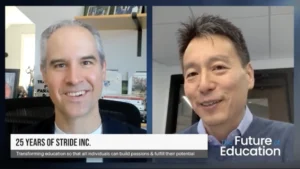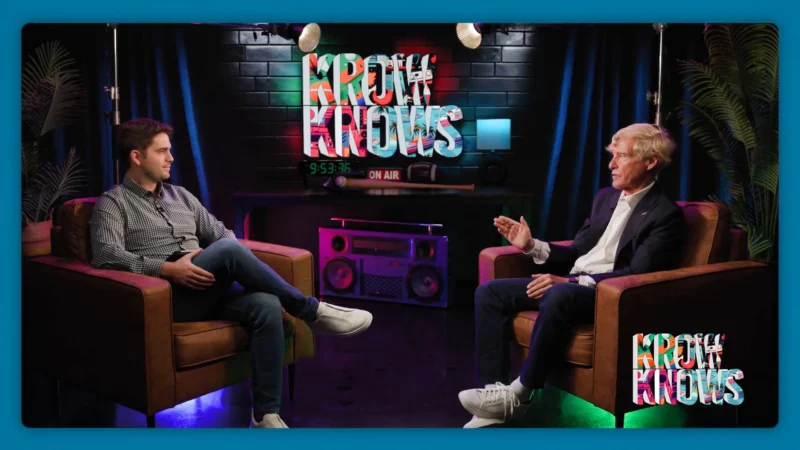Halos: An Argument In Branding Over Safety?
One of the hottest topics both dominating and dividing Formula 1 racing this year has been the new mandatory halo safety devices installed on racecars for the benefit of protecting drivers from head injuries. The Halo is a cockpit protection device installed in the front of the car and stretching around the driver to shield and protect him from flying debris as well as mitigating the impact of severe crashes in which the cars can flip violently and result in serious casualties.
The controversy lies in the bold and bulky design, which drivers say weighs the car down, creates problems with long-distance vision, and damages the looks and feel of some of the fastest competitive racing vehicles in the world. Resistant drivers and fans alike have been highlighting the extensive safety features already standard on vehicles, which have proven tremendously successful in terms of overall prevention of serious injury and fatalities on the track.
The success, however, fell short in 2015 when French F1 driver Jules Bianchi died nine months after sustaining severe head injuries during a race in rainy conditions, in which he crashed his vehicle into a recovery tractor with an impact force of more than 250Gs. Although there had not been a fatality attributed to Formula 1 racing in 20 years, this tragedy was a sufficient spark for the Formula One Strategy Group to begin investigating additional safety measures.
F1 racing isn’t the only sport to experiment with Halo technology. The NFL has been toying with “smart helmets” for the past few years, utilizing different shock sensors and cooling technology to help minimize damage done within the first hour of a severe head injury and using those signals to aid medical staff in their treatment and diagnoses. There have also been drawbacks and resistance to these safety features from players, who cite the inability to avoid helmet to helmet contact and the obvious dangers behind these kinds of hits—these helmets will be even bulkier, and the technology will still be a source of power when a player is running at high speeds.
With extreme-contact sports comes risk; that is undeniable. Many players will be hesitant to accept big changes in a sport they already know intimately, even in the name of safety. Many F1 drivers are opposed to the mandatory halo implementation solely because of the aesthetic changes. Red Bull F1 Driver Max Verstappen has been quoted as saying “The halo—that will be very ugly.” (Reps from the Red Bull Team declined to respond at the time of publication). Others will cite the already expansive list of safety features and protocols drivers must follow. Cars will be bulkier, yes, and lose some of their sleek design, but as a statement from the Formula One Strategy Group notes, “With the support of teams, certain features of its design will be further enhanced.” Time will tell if drivers warm up to the new changes, but they are a reality now, and in a world filled with headlines involving CTE and the detrimental effect of sports on its athletes, the time is now to start making equipment and protocol reasonable changes—before we ever have to see another tragedy in the name of sport again.








